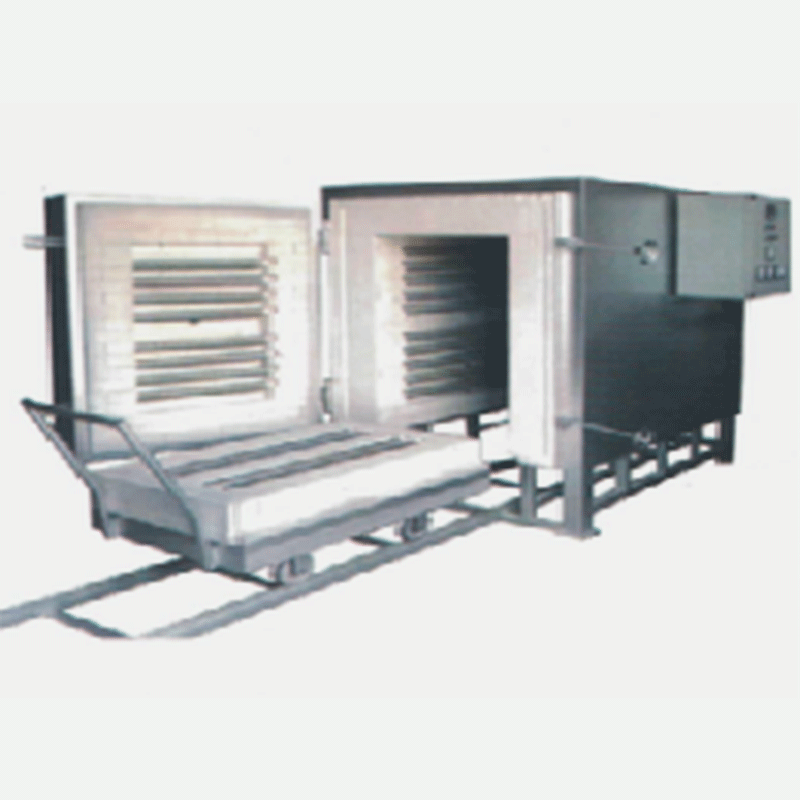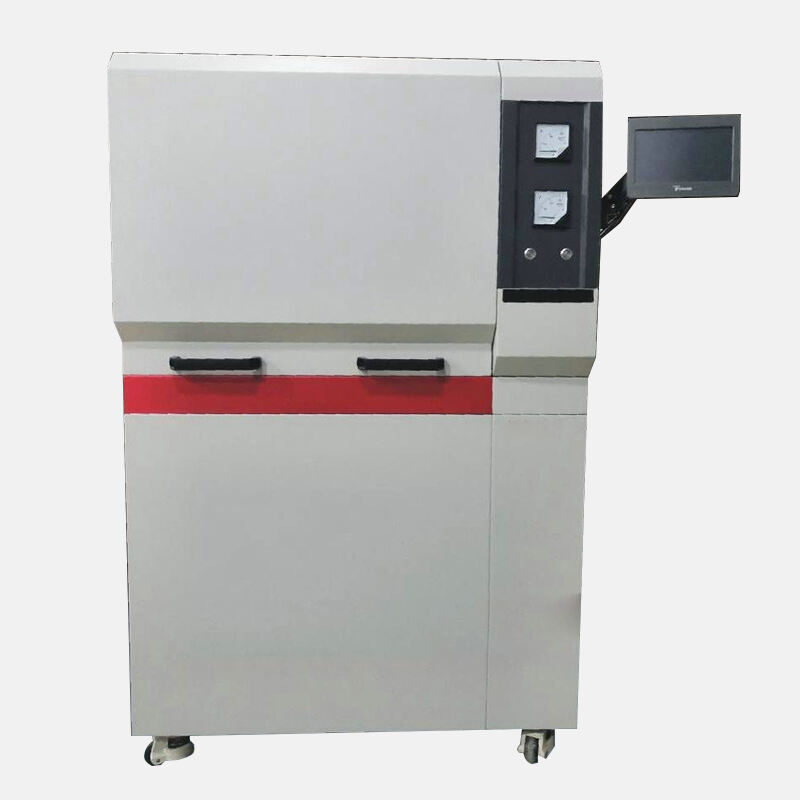Loss on ignition of refractory materials
LOI Loss on ignition refers to the percentage of the mass lost by raw materials that have lost external moisture after being dried in the temperature range of 105-110℃ and burned for a long enough time under certain high temperature conditions. The high temperature environment here is detailed in the technical standards of various industries according to the characteristics of different industries. The analysis of raw material LOI has its special significance. It characterizes the amount of gaseous products (such as internal water, SO2, CO2, etc.) released by physical evaporation or chemical decomposition of raw materials after heating. For example, when heated to 1000℃, the internal moisture contained in the raw materials that has not evaporated in the temperature range of 105-110℃ will evaporate; those substances contained in the raw materials with a sublimation point below 1000℃ will volatilize under heating conditions at 1000℃; some substances with a decomposition temperature below 1000℃ will decompose and release substances with a boiling point below 1000℃; under aerobic conditions, the combustible substances contained in the raw materials will oxidize to generate gases and release them.
For example, when analyzing refractory materials, in addition to the content of the main component oxides and secondary components, the loss on ignition is usually determined. It characterizes the amount of gaseous products (such as H2O, CO2, etc.) and organic matter produced by the heating and decomposition of the raw materials, so that it can be judged whether the raw materials need to be calcined in advance to ensure the stability of the raw material volume when used. According to the components obtained by chemical analysis, the purity of the raw materials can be judged, and its refractory properties can be roughly calculated. With the help of relevant phase diagrams, its mineral composition can also be roughly calculated. The chemical composition analysis of refractory raw materials is carried out according to special methods, which are stipulated in international and national standards. In recent years, chemical analysis methods have been continuously developing in the direction of accelerating analysis speed and improving analysis accuracy, such as complex titration, colorimetric analysis, flame photometry, spectral analysis and X-ray fluorescence analysis.
Loss on ignition, also known as loss on ignition, refers to the loss of quality of the blank after the crystal water discharged during the firing process, the CO2 decomposed from carbonates, the SO2 decomposed from sulfates, and the organic impurities are removed. Relatively speaking, if the loss on ignition is large and the solvent content is too high, the shrinkage rate of the fired product will be greater, and it is also easy to cause deformation and defects. Therefore, the loss on ignition of the porcelain blank is generally required to be less than 8%. There is no strict requirement for pottery, but it must also be properly controlled to keep the appearance of the product consistent. In the field of combustion, LOI can be used to describe the combustible content in the ash. If it is believed that combustion is a high-temperature process, the ash in the fuel has completed high-temperature decomposition, and the moisture and combustible volatile content in the ash formed after combustion are extremely low, then the loss on ignition basically represents the carbon content of the sample.
The test method for loss on ignition has different provisions in the technical standards of different industries. For example, the test method for the loss on ignition of ash formed by combustion is as follows: accurately weigh 0.5~1 gram of the sample that has been dried at 105~110℃, place it in a constant weight platinum crucible, burn it on an alcohol blowtorch for 30 minutes, or move it into a high-temperature electric furnace that has been heated to 300~400℃, burn it for 10~15 minutes, gradually heat it to 900~950℃, continue to burn it for 1.5~2 hours, take it out and cool it slightly, put it in a dryer and cool it to room temperature before weighing it.
Test method for loss on ignition of refractory materials
Sampling method and quantity for loss on ignition (%) test:
Bulk ash sampling-take 15 samples from different parts, each sample is 1~3kg, mix them evenly, and reduce the sample that is twice the amount required for the test by quartering (called the average sample).
Bag ash sampling - 10 bags are taken from each batch, and no less than 1kg of sample is taken from each bag, mixed evenly, and a sample twice the amount required for the test is taken according to the quartering method (called the average sample).
Test method:
According to the quartering method, accurately weigh 1g of sample, place it in a porcelain crucible that has been burned to a constant weight, place the lid on the crucible obliquely, place it in a high-temperature furnace, start from a low temperature and gradually increase the temperature, burn at 950~1000℃ for 15~20min, take out the crucible, place it in a desiccator and cool it to room temperature. Weigh, and repeat the burning until constant weight is reached.
Recommended Products
Hot News
-
What are the maintenance measures for air permeability tester?
2025-04-02
-
What is the difference between the one-key pre-oxidation alloy melting machine and the ordinary melting machine?
2025-03-25
-
Craftsmanship creates quality! Nanyang JZJ Testing Company successfully delivered 10set customized high-temperature muffle furnaces to help the high-quality development of the refractory industry
2025-03-17
-
How to open the door of a high temperature muffle furnace at high temperature
2025-03-11
-
How to control the heating temperature and time of the multi-function melting machine?
2025-03-05
-
The biggest advantage of the automatic melting machine fusion method
2025-02-25
-
Together we build a quality future - South African customers purchased 3set of T6 melting machines in batches and delivered them successfully, and efficient services help global mining upgrades
2025-02-22
-
Detailed analysis of the advantages of using high-frequency induction multifunctional fusion machine
2025-02-18
-
Indian customers mailed samples to our company
2025-02-11
-
How to avoid uneven temperature distribution in muffle furnace?
2025-02-06

 EN
EN
 AR
AR
 BG
BG
 FR
FR
 DE
DE
 HI
HI
 IT
IT
 PL
PL
 PT
PT
 RU
RU
 ES
ES
 TL
TL
 IW
IW
 ID
ID
 UK
UK
 VI
VI
 TH
TH
 TR
TR
 FA
FA
 MS
MS
 UR
UR
 BN
BN
 KM
KM
 LO
LO
 PA
PA
 MY
MY
 KK
KK




















